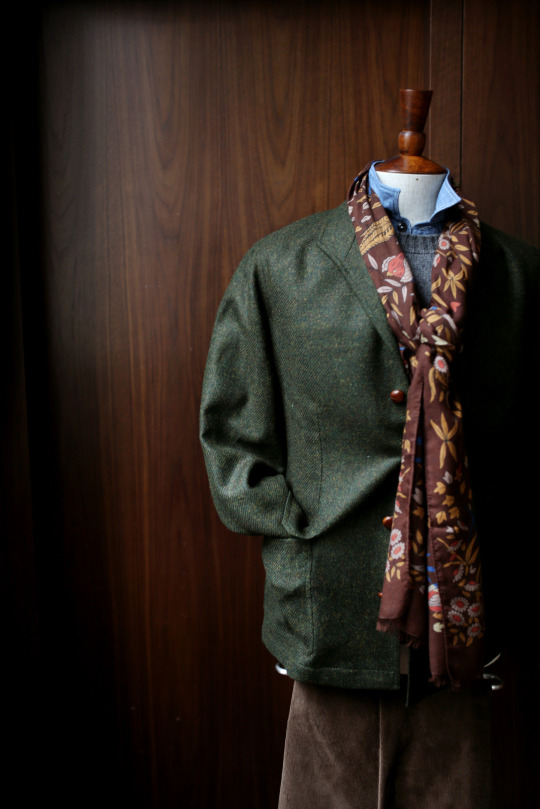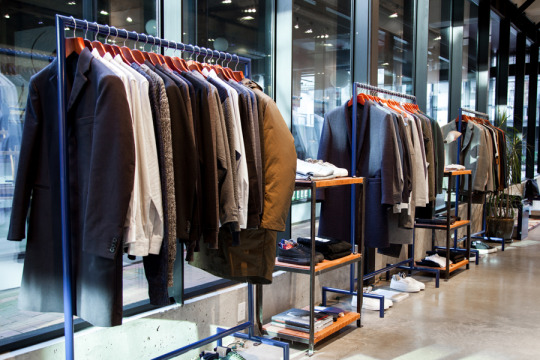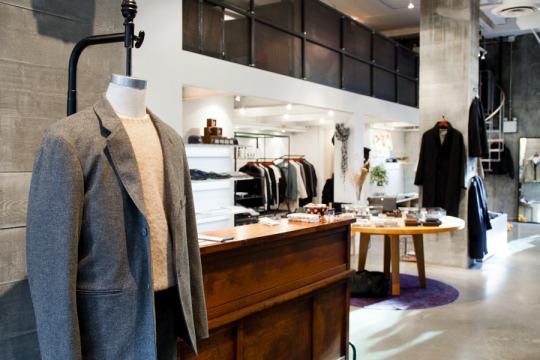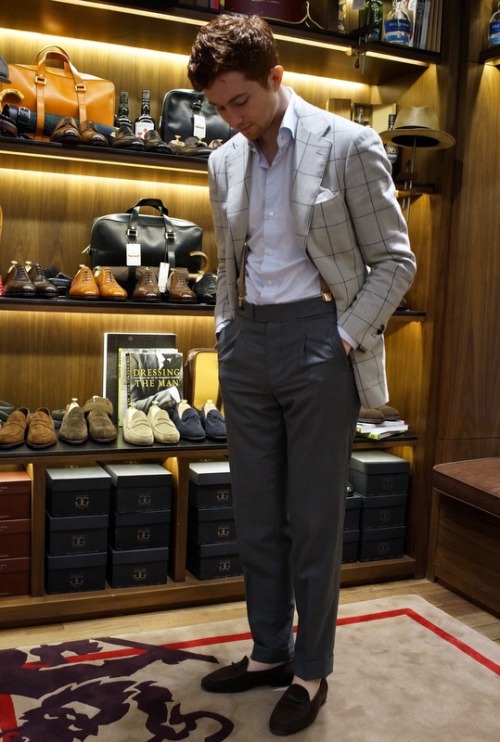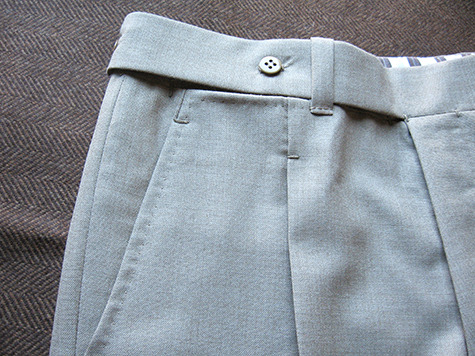Best Value in Ready-to-Wear

Every once in a while, I’ll get an email from a reader asking which companies I think offer the best value in tailored clothing. It’s impossible to answer, as so much depends on the buyer’s needs. What kind of style does he like? What’s his body type? How often does he plan to wear his suit? What kinds of things does he prioritize? Buying clothes is never just about getting the best quality for your money – it’s about developing personal style – so recommending something is difficult.
If pressed, however, there are two companies I particularly like. On the lower-end of the price scale, there’s Suitsupply. Their marketing is God awful, but if you can get past the presentation, they offer nicely made, half-canvassed suits and sport coats for about $500. With a huge range of styles, from their structured Washington to the softer Havana, they have something for almost anyone.
If you have a bit more money to spend, Sartoria Formosa is remarkably good – and perhaps the closest you’ll get to bespoke Neapolitan tailoring without actually going bespoke. Formosa is an old Neapolitan tailoring house located across the courtyard from EG Cappelli, in the city’s seaside shopping district of Chiaia. They’re a small workshop, with maybe only a half dozen people working in-house. Most of what they do is bespoke, but they also offer ready-made suits and sport coats for about $1,400 - $1,800.
Keep reading
